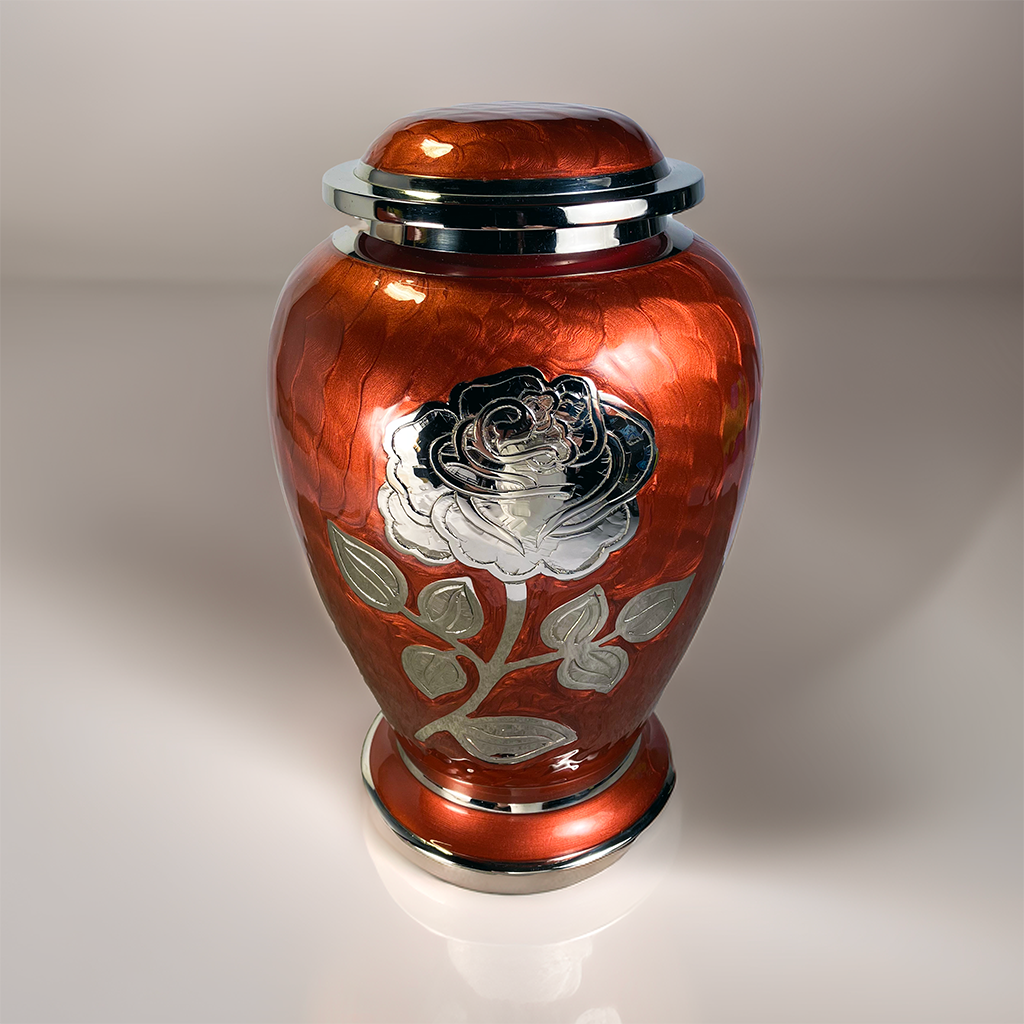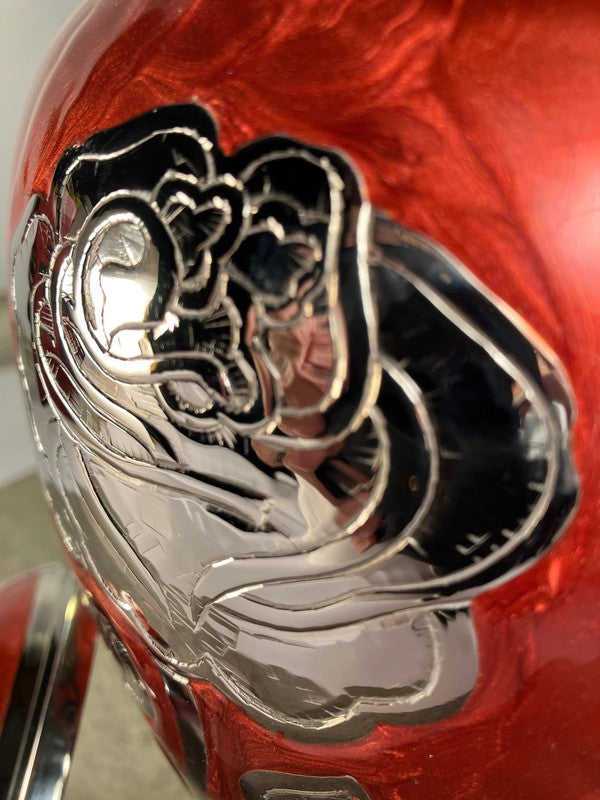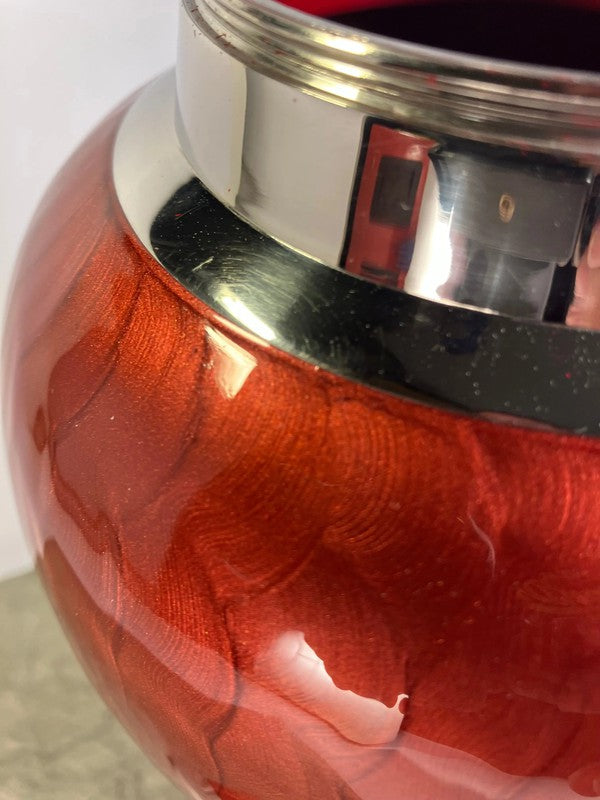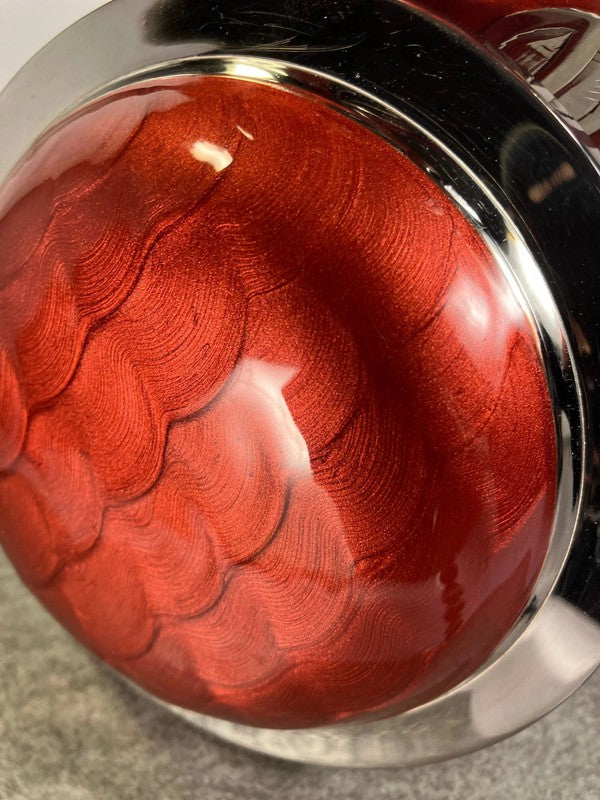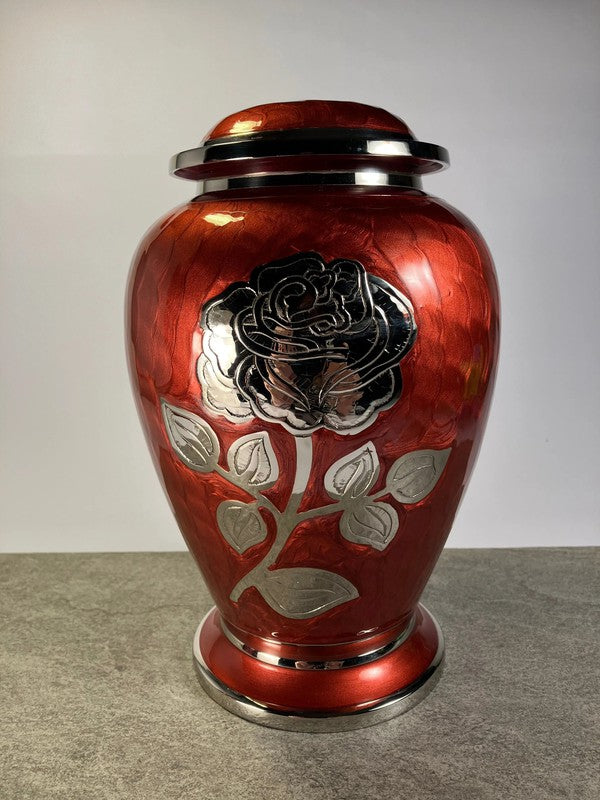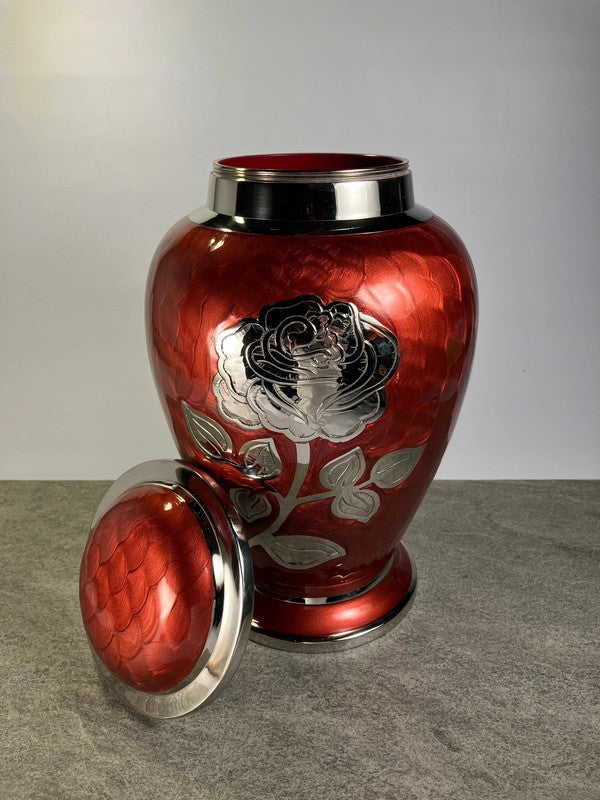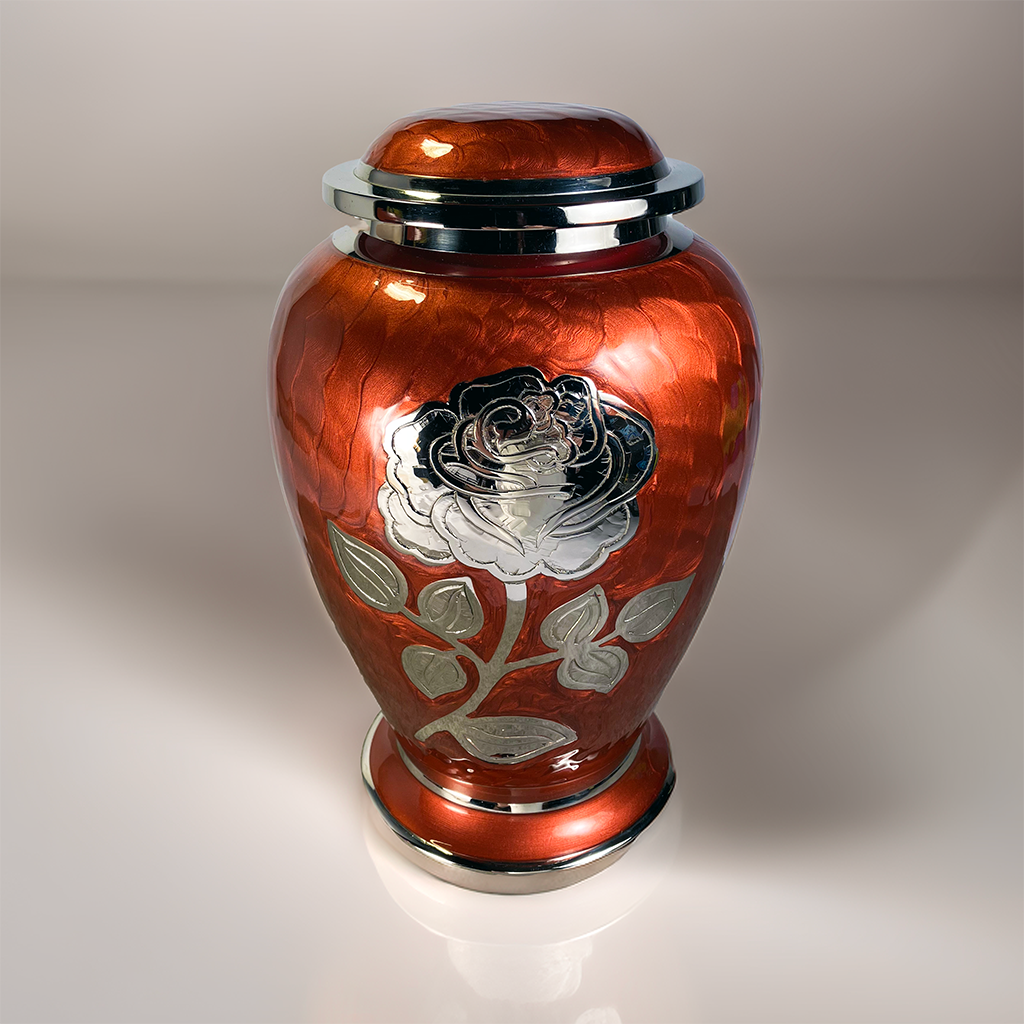FAQs
Table of Contents
-
Frequently Asked Questions
- What do you need to consider when choosing a cremation urn for ashes?
- How do you choose the right size cremation urn to hold all the ashes?
- How will the ashes come from the crematorium or funeral home?
- How do you fill a cremation urn with the ashes?
- Where can you scatter ashes? Are there legal considerations?
Frequently Asked Questions
What do you need to consider when choosing a cremation urn for ashes?
Ashes are the cremated remains of a person or pet. They are typically scattered, buried, or placed in a columbarium. However, some people choose to keep the ashes in an urn.
- Size. If you are considering this option, it is important to choose an urn that is the right size. Ashes typically weigh between 3lbs/1.3kg and 7lbs/3.2kgs, so you will need an urn that can accommodate this amount of weight and volume. In addition, you will need to consider the dimensions of the urn. There’s more on that below.
- Material. Finally, you should think about the material of the urn. Ashes can be damaging to certain materials, so you will need to choose an urn made from a durable material that can withstand the elements. By considering these factors, you can choose an urn that is right for your needs.
How do you choose the right size cremation urn to hold all the ashes?
Ashes cremation urns come in a variety of sizes. The size you choose will depend on the amount of ashes you have, as well as your budget and the space you have available. A small urn may be sufficient for a child or pet, while a larger urn may be needed for an adult. Because ashes are skeletal remains, the volume is determined by the height of the deceased more than the weight. You may also want to choose a size that is appropriate for the number of people who will be sharing the urn. If you are unsure what size to choose, you can always consult with a funeral director or cremation specialist. They will be able to help you select an urn that is both practical and aesthetically pleasing.
For most adults, an urn that is at least 3 litres or 183 cubic inches should be sufficient.
You can use our Cremation Urn Size Calculator to find the size you need in imperial or metric units.
Otherwise, the table below is a guide:
| Weight | Urn Size | ||
| Lbs | Kgs | Cu In | Ltr |
| 25 | 11 | 25 | 0.4 |
| 50 | 23 | 50 | 0.8 |
| 75 | 34 | 75 | 1.2 |
| 100 | 45 | 100 | 1.6 |
| 125 | 57 | 125 | 2.0 |
| 150 | 68 | 150 | 2.5 |
| 175 | 79 | 175 | 2.9 |
| 200 | 91 | 200 | 3.3 |
| 225 | 102 | 225 | 3.7 |
| 250 | 113 | 250 | 4.1 |
How will the ashes come from the crematorium or funeral home?
Ashes usually come in a temporary cremation urn provided by the crematorium or funeral home. The urn is metal, plastic, or cardboard, and it has a tight-fitting lid to keep the ashes secure. Once the family receives the urn, they can choose to keep the ashes in it or transfer them to a more permanent container. Common options for permanent containers include urns made of wood, stone, ceramic, or glass. Some people also scatter the ashes in a special place, such as a favorite spot in nature or in a memorial garden. No matter what you decide to do with the ashes, it is important to handle them with care and respect.
How do you fill a cremation urn with the ashes?
Once the cremation process is complete, the ashes are placed into a temporary plastic bag. The ashes are then transferred into the final resting place, which is typically a cremation urn.
How do I transfer the ashes?
Once you have selected an urn, it is time to transfer the ashes. This can be done by using a funnel or by gently pouring the ashes into the urn. When using a funnel, only transfer small portions at a time and tap gently, raising the funnel as the urn fills. For many cremation urns, the opening is large enough to place the entire plastic bag inside. This can be a useful option if you are considering relocating the ashes at some time in the future.
It is important to handle the ashes with care, as they are fragile and can be easily scattered. We recommend closing all doors and windows, plus place a plastic sheet down.
Have everything you need in one spot before you start. It is also advisable to have a support person in place as it can be an emotional process.
Should I seal the urn?
Once the ashes have been placed in the urn, it can be sealed with a lid or closure of your choice. You can elect to place some fixative or glue on the seal to ensure the ashes remain safe. If you think you may scatter or relocate the ashes at some point, skip this step.
Where can you scatter ashes? Are there legal considerations?
While the scattering of ashes has become a popular way to say goodbye to a loved one, there are legal considerations that must be taken into account. In most jurisdictions, it is legal to scatter Ashes on public land, provided that no disturbances are caused.
Can I scatter ashes anywhere?
Though it is a commonly held belief that one can scatter ashes wherever they please, there are actually a number of legal considerations to take into account before doing so. Many national parks, for example, have strict policies against scattering ashes in their borders. In some cases, a permit may be required. In other cases, it may simply be prohibited outright. It's always best to check with the local authorities before scattering ashes in any public space.
Can I scatter ashes at sea?
Ashes can also be scattered at sea, but special rules may apply. In the United States, for example, the Clean Water Act prohibits the scattering of ashes in navigable waters without a permit. As a result, it is important to research the laws in your jurisdiction before scattering ashes.
Can I scatter ashes on private property?
Yes, you can, but…
Even on private property, it's important to get permission from the owner before spreading ashes.
Do I use an urn for scattering ashes?
Once you've determined where you're legally allowed to scatter ashes, you'll need to decide how you want to do so. One option is to use an urn designed for scattering, which typically features a wide opening and a lid that secures the ashes inside. Another option is to use a biodegradable urn, which will eventually break down and release the ashes over time. Or, you can scatter directly from the container they were provided in following cremation. Whichever option you choose, be sure to follow any instructions that come with the urn to ensure that the process is done safely and correctly.
Cremation Urns
Sarang Adult Ashes Urn
Share
